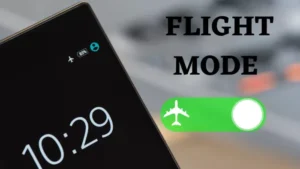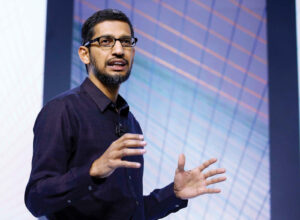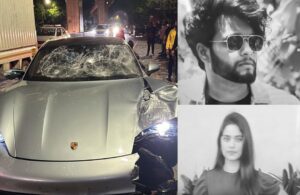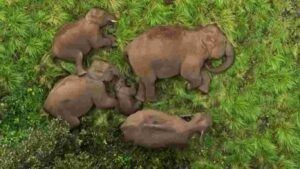Astronaut Sunita Williams Set for a Historic Third: Boeing’s Starliner Faces Setback as Technical Glitch Halts the Maiden Crewed Flight
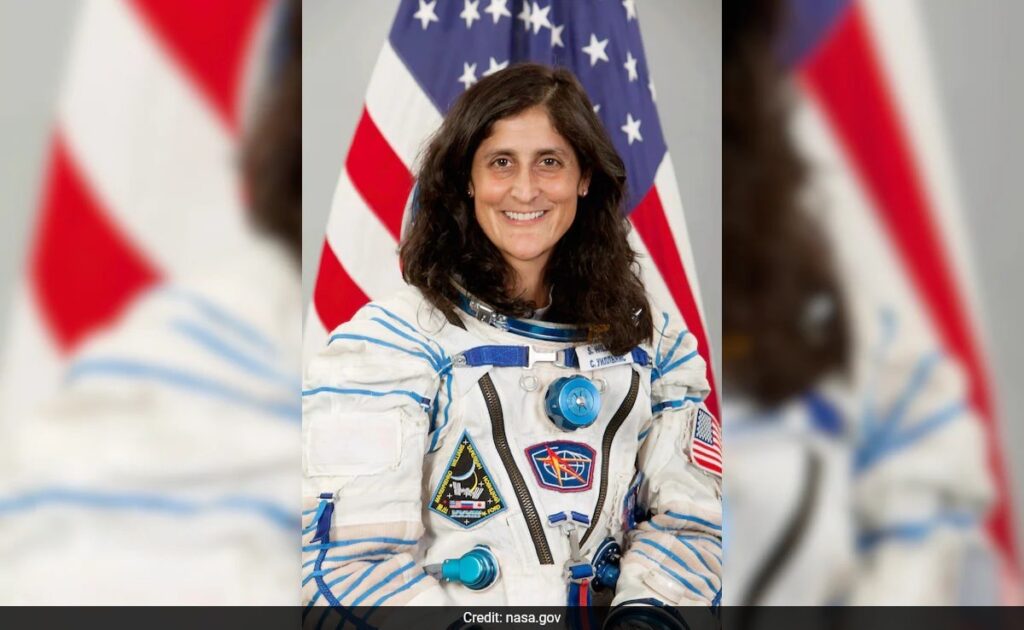
Astronaut Sunita Williams Set for a Historic Third: Boeing's Starliner Faces Setback as Technical Glitch Halts the Maiden Crewed Flight
Williams, a former Navy test pilot, has already left her mark on space exploration, having performed the most or longest spacewalk time by a female astronaut.
7 May 2024
By Ishika Kumar
The Countdown Begins
The launch, which was set to propel NASA astronaut Captain Sunita Williams, a seasoned astronaut with Indian roots poised to embark on her third mission to the International Space Station (ISS), was halted due to a last-minute technical issue. It was scheduled for liftoff from Florida’s Kennedy Space Centre at 8:04 AM Indian Standard Time (IST) on 7th May, 2024.
Williams is gearing up to make history aboard Boeing’s Starliner spacecraft. Her anticipated journey, however, faced a hiccup as a last-minute technical glitch led to a mission delay and postponement.
In a significant setback for Boeing’s ambitions in space, the maiden crewed flight of its Starliner spacecraft was scrubbed mere hours before the scheduled launch, marking another hiccup in a series of delays for the aerospace manufacturer.
A Mission with Deep Roots and High Aspirations
Williams, a former Navy test pilot, has already left her mark on space exploration, having performed the most or longest spacewalk time by a female astronaut. Her upcoming mission is significant as it marks her first aboard the new human-rated spacecraft, Starliner.
Beyond her professional achievements, Williams carries her beliefs, a statue of Lord Ganesh, symbolising good luck, and spiritual texts like the Bhagavad Gita, drawing attention to her connection to her heritage and faith. Her family and spiritual foundations are strong as she was born to Dr Deepak Pandya and Bonnie Pandya; Williams’ Indian lineage is from her father, a Gujarat-native neuroanatomist, who plays a vital role in her life. Her spiritual leanings, influenced by her diverse upbringing, continue to inspire her in her journeys beyond Earth.
She expresses a blend of excitement and spiritual mindfulness as she prepares for her third journey above the clouds. This mission also highlights her role in Boeing’s development of the Starliner spacecraft as part of NASA’s Commercial Crew Program.
Technical Challenges
The highly anticipated launch was scheduled for 8:04 am IST, with astronauts Williams and Barry Wilmore already strapped into their seats aboard the spacecraft. However, just 90 minutes before liftoff, engineers detected abnormal readings from an oxygen relief valve on the rocket’s second stage, prompting the mission’s cancellation and delay. NASA called off the launch to ensure safety, a paramount concern for the space agency. NASA Chief Bill Nelson emphasised, “We go when we’re ready,” reflecting the agency’s commitment to cautious and thorough preparations, tweeting, “Standing down on tonight’s attempt to launch”.
The Next Steps
The next available launch window is slated for Tuesday night. Though it remains uncertain if the issue can be resolved while the rocket remains on the launch pad, all eyes remain on Cape Canaveral. The outcome will not only impact Williams’ record-setting aspirations but also Boeing’s standing in aerospace and NASA’s broader objectives in space exploration.
This delay comes during a challenging period for Boeing because the company faces a safety crisis within its commercial aviation division. NASA is heavily relying on a successful Starliner test to certify the spacecraft as the second commercial vehicle for crew transport to the ISS. As this historic mission unfolds, Williams is not just carrying the hopes of a spacecraft’s maiden voyage but also the dreams of countless who look up at the stars and see a future without limits.
Upon a successful launch, Williams and Wilmore will pilot the Starliner manually to test its operational capabilities. The spacecraft, described as roomy as an SUV and shaped like a gumdrop, will dock with the ISS for a week-long stay. The astronauts will conduct a series of tests to validate the spacecraft’s functionality before returning to Earth via a parachute-assisted landing in the western United States.
Education and Outreach: Connecting Space to Classrooms
Despite the current challenges, the mission represents a historic moment for Captain Williams, who aims to become the first woman to pilot the maiden mission of a new human-rated spacecraft. An experienced astronaut with two previous missions under her belt, Williams has also set records.
Williams, who has a U.S. school named after her, remains committed to educational outreach. She plans to connect with students from aboard the ISS, sharing insights and experiences from space. Her engagement on the ground here on our planet Earth aims to inspire future generations to explore STEM fields and possibly space itself.
Boeing’s Starliner: A New Era in Space Exploration
Starliner’s journey has been fraught with issues. A software malfunction in an initial unmanned test flight in 2019 resulted in the capsule not achieving the correct trajectory to dock with the ISS. Subsequent attempts saw further setbacks, including blocked valves in 2021 and problems with parachutes and cabin materials, which led to delays in a crewed test flight crucial for the spacecraft’s certification.
The Starliner spacecraft represents a significant technological leap in commercial space travel too. Designed to ferry passengers to low-Earth orbit, Starliner’s successful deployment is crucial for NASA’s strategy of diversifying its spacecraft portfolio. Previous such setbacks, including software issues and mechanical hiccups, have delayed Starliner’s crewed test flights, casting a shadow over Boeing’s spaceflight credentials.
Window to Future of Space Travel is NASA and Commercial Space Travel
The Competitive Space of Commercial Spaceflight can be witnessed here. NASA’s commercial crew program has grown increasingly competitive, with SpaceX already operational and ferrying astronauts with its Dragon capsule. Starliner’s entry into this field is eagerly anticipated as NASA looks to alternate between the two systems for future missions, thereby ending the agency’s long-standing dependence on Russian rockets.
This shift is part of NASA’s broader strategy to leverage commercial partnerships, enhancing its capability to launch missions more frequently and cost-effectively.
Success for Boeing would mean securing a foothold in a market currently dominated by SpaceX, which has pointedly noted its earlier success and lower costs.
As the ISS’s operational life extends to 2030, both Boeing’s Starliner and SpaceX’s Dragon are slated to play pivotal roles in near-Earth missions. The success of these missions extends beyond immediate transportation needs, potentially shaping the future landscape of private space stations and commercial space travel.
The current hold-up is a reminder of the complexities and challenges of space travel, but also of the relentless pursuit of advancement in human spaceflight. As the world watches, the success of this mission could be a pivotal moment for Boeing, potentially restoring confidence in its ability to deliver safe and reliable space transport solutions.


